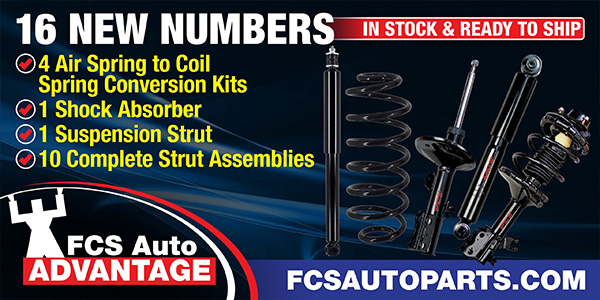Some Hyundai vehicles with 2.4L or 3.5L engines (see affected models below) may experience an intermittent unstable idle condition with the following symptoms:
• Intermittent unstable/rough idle condition;
• The check engine light may or may not be on. If it is on, code P0401 (EGR insufficient flow) may be stored; and
• The condition may not be present when the engine is cold. Once the engine warms up, the unstable idle condition may appear.
AFFECTED MODELS:
• 1999-2004 Sonata 2.4L;
• 2001-2004 XG300/XG350; and
• 2001-2004 Santa Fe 2.4/3.5L.
If a vehicle has the above-described condition, follow the simple procedure below to diagnose an intermittently sticking closed EGR solenoid valve. The EGR solenoid valve is a normally open-type valve. If the solenoid is not energized, the valve is open and allows the vacuum to bleed off (not opening the EGR valve). At idle, the EGR solenoid valve is not energized and, thus, the EGR valve is not open.
Note: For detailed information on EGR system function and diagnosis, refer to TSB #01-36-021.
DIAGNOSTIC PROCEDURE:
1. Duplicate the unstable/rough idle condition (warm up the engine).
2. While the engine is idling roughly, disconnect the green striped vacuum hose from the top of the throttle body.
3. If the idle becomes normal, the EGR solenoid valve is sticking closed.
For additional information, visit www.alldata.com.
Technical service bulletin courtesy of ALLDATA.











